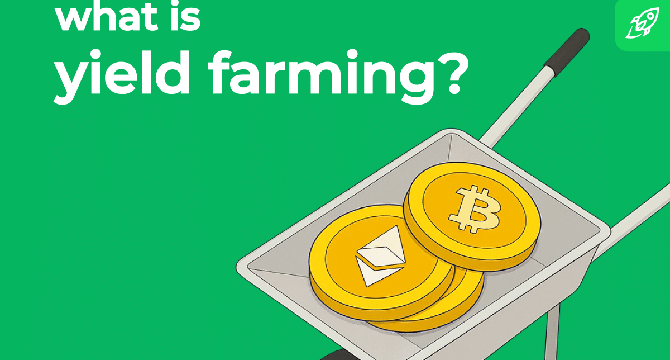Changelly
1M
399

Image Credit: Changelly
What Is Yield Farming and How Does It Work?
- Yield farming is a popular strategy in the crypto space for earning rewards by putting cryptocurrency to work in DeFi protocols.
- It works by depositing tokens into liquidity pools on decentralized platforms to earn interest, fees, or bonus tokens.
- Returns from yield farming vary based on platform, token pair, market demand, and risk level.
- Different yield farming methods include liquidity providing, staking, and lending, each with varying levels of risk and reward.
- Yield farming often involves volatile assets, impermanent loss, rug pulls, and drying up liquidity pools as risks to be aware of.
- Key platforms for yield farming include Uniswap, Curve Finance, Yearn Finance, PancakeSwap, and Convex Finance.
- To start yield farming, one must choose a blockchain, fund a compatible wallet, select a platform, provide liquidity or stake tokens, monitor rewards, and manage their position.
- Yield farming can be profitable with a smart strategy and active involvement, but it comes with risks and requires caution and research.
- Yield farming is taxable in most countries, with average returns varying by protocol and risk level.
- Understanding the difference between APR and APY is crucial in evaluating yield farming returns.
Read Full Article
24 Likes
For uninterrupted reading, download the app